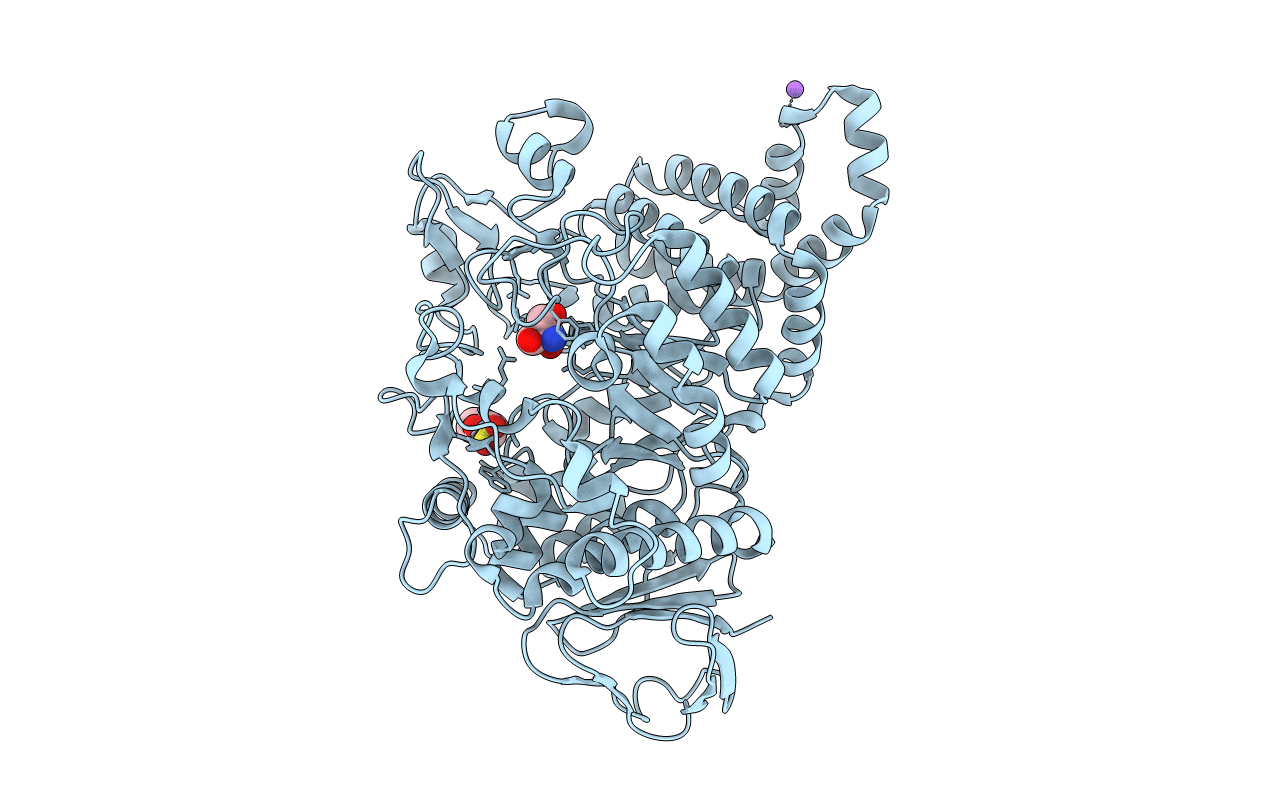
Deposition Date
2000-10-31
Release Date
2001-10-31
Last Version Date
2024-02-07
Entry Detail
Biological Source:
Source Organism:
Neisseria polysaccharea (Taxon ID: 489)
Host Organism:
Method Details:
Experimental Method:
Resolution:
1.40 Å
R-Value Free:
0.20
R-Value Work:
0.18
R-Value Observed:
0.18
Space Group:
P 21 21 2


